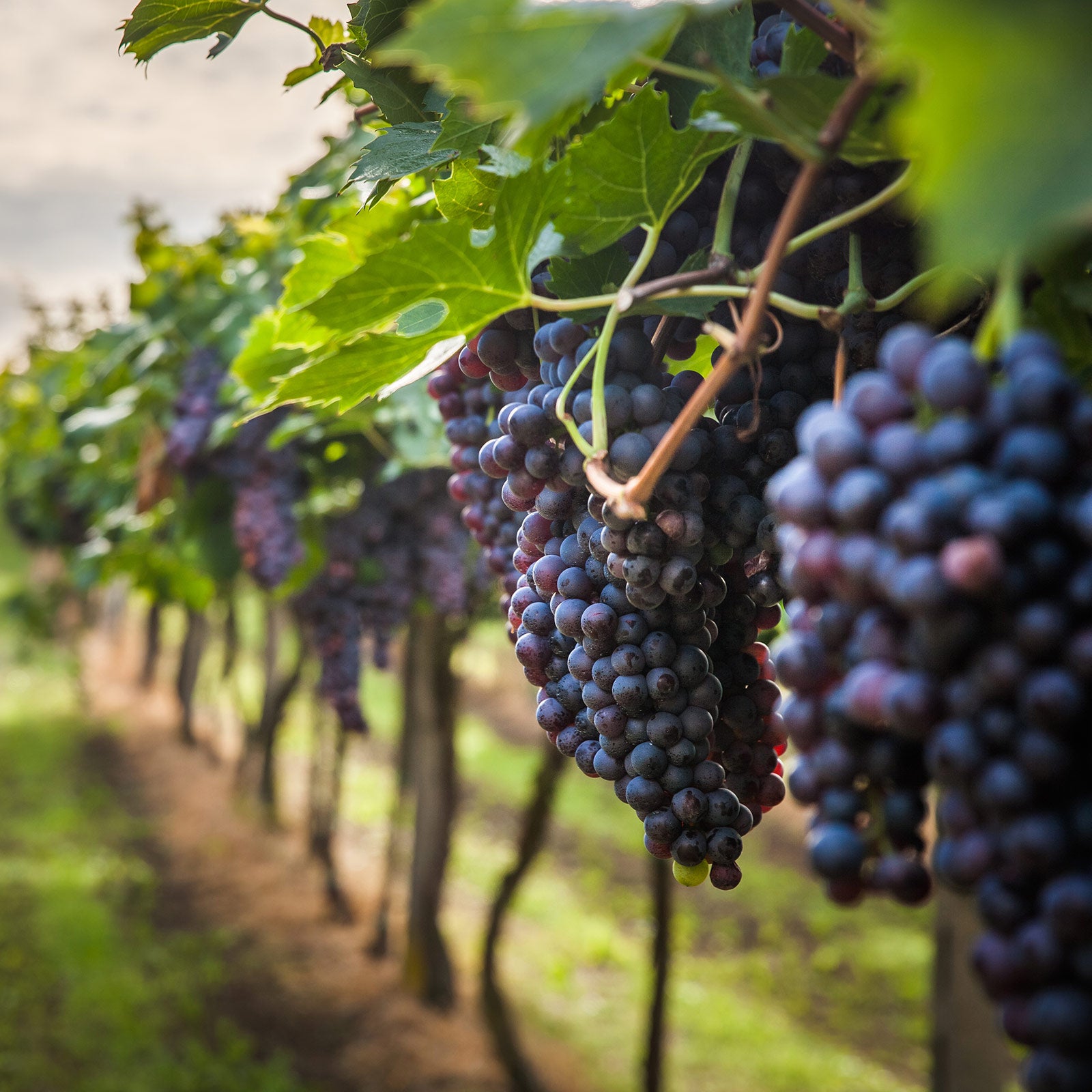In recent years, the number and type of preparations based on different tannins have multiplied, as have the purposes sought to be achieved with them.
But, first of all, what are tannins?
Under this generic definition we include numerous substances extracted from plants, which constitute a heterogeneous group, characterized however by the presence of numerous phenolic functions. In addition to the classic gall tannins, already mentioned, tannins extracted from oak and chestnut wood, from exotic trees and their fruits and, more recently, from the seeds and grape skins are now available. The chemical composition and properties of these tannins are not the same and therefore at least a brief knowledge of their classification is essential for the technician.
Tannins can be classified into at least two distinct groups:
- hydrolyzable tannins: they are so defined because in the presence of strong hot acids they hydrolyse into a sugar (glucose) and into molecules of ellagic acid or gallic acid. Thus we have gallotannins and ellagiotannins. The former are extracted from oak and acacia galls, sumac and tara fruits. Ellagiotannins are present in oak, chestnut and myrobalan wood.
- condensed tannins or proanthocyanidins: they are present in grapes and quebracho wood. Through acid hydrolysis they originate partly anthocyanins (hence their name pro-anthocyanidins) and partly insoluble complexes (phlobaphenes). In this group it is appropriate to distinguish the slightly condensed tannins, extracted from the seeds, from those with a higher molecular weight, present in the skins. Quebracho tannins have an intermediate composition.
Sensory effects
Beyond their chemical functions, it is clear that an essential discriminant is represented by the impact on the gustatory characteristics of wines. As far as grape tannins are concerned, it is quite well known that those extracted from the seeds are on average much more astringent than those extracted from the skins, but that both types tend to evolve over time, combining both with each other and with the anthocyanins and mannoproteins released from the yeast walls and thus lose their more aggressive characteristics. One of the most important purposes of refining great red wines very rich in polyphenols is precisely this slow evolution with rounding of the taste. The case of hydrolysable tannins extracted from various plants is however completely different: they do not have the ability to unite either with anthocyanins or with wine tannins, so their sensorial effect must be evaluated much more carefully. Tannins also contribute a lot to the structure or body of the wine, but it takes some time (three to six months after addition) for them to harmonize completely with the medium. If tasted immediately after the addition, the wine often seems "dissociated", in the sense that its typical characteristics are immediately perceived and, after some time, those of the added tannins. An addition of tannins is therefore not recommended for ready-to-drink wines or, at least, should be foreseen already during fermentation. These gustatory improvements seem to be accentuated in difficult years, when the quality of the wines overall is somewhat compromised. Contradictory and inconclusive data regarding the impact of the addition of tannins on the volatile compounds that characterize the aroma of wines: although the analytical data seem to confirm a decrease in the space above the surface of the wine of numerous volatile compounds, the olfactory examination of the same wines does not seem to confirm these differences.
Protection against oxidation
During its production, wine inevitably comes into contact with oxygen more or less often and with various intensities. This gas tends to disappear from the wine very quickly, without any sulfur present being immediately oxidized. There are therefore other substances that capture oxygen very effectively and these compounds are polyphenols. In fact, it is well known that red wines, rich in these components, are much less affected (indeed they benefit) from modest oxidation. Among the tannins used in oenology, however, not all have the same properties in this regard. In general, gallic and ellagic tannins react readily with oxygen, much more effectively (two to three times) than grape tannins, although those from grape seeds are much more oxidizable than those obtained from the skins. Hence the use of gallic or ellagic tannins to protect wines from degenerative phenomena linked to oxidation, both during refinement in barrels and during all those treatments that can bring the wine into contact with the air (decanting, clarifications, filtrations, etc.).
Color stabilization
In this regard, some fundamental differences between tannins deriving from grapes and hydrolyzable, gallic or ellagic tannins must be clarified. The former, completely similar to those we already find in wines, have the ability to participate directly in the polymerization reactions between tannins and anthocyanins, colored polymers which make the color much more stable. In wines in which there is an imbalance between anthocyanins and relatively scarce flavanic polyphenols, an addition of tannins extracted from grapes can remedy this problem and favor the evolution of color towards a greater polymerized fraction and therefore more durable over time. Gallic and ellagic tannins can also favorably affect the coloring intensity, but through a different mechanism, since they are incapable of polymerizing directly with anthocyanins. Being very sensitive to oxygen, through an oxidation process coupled with the ethanol present in wine, they originate acetaldehyde.



